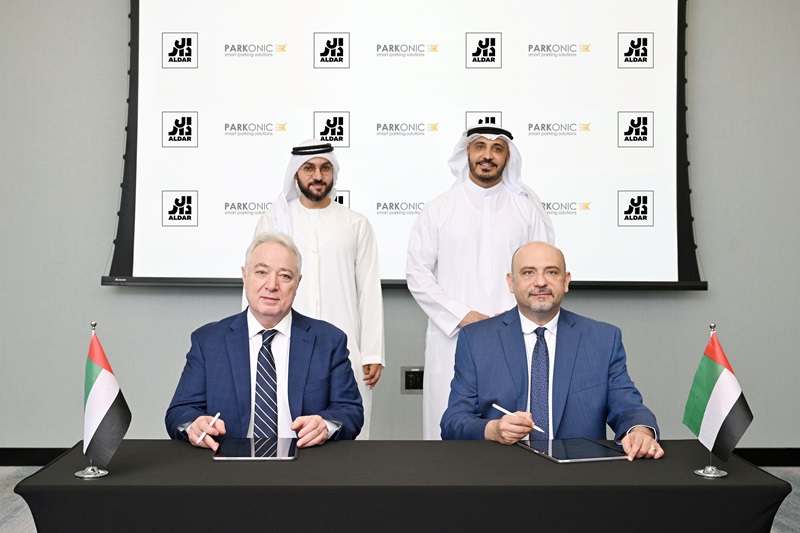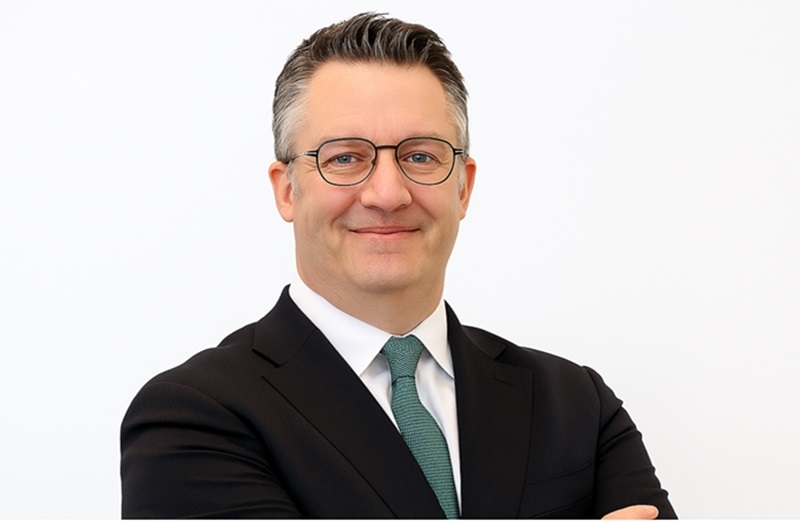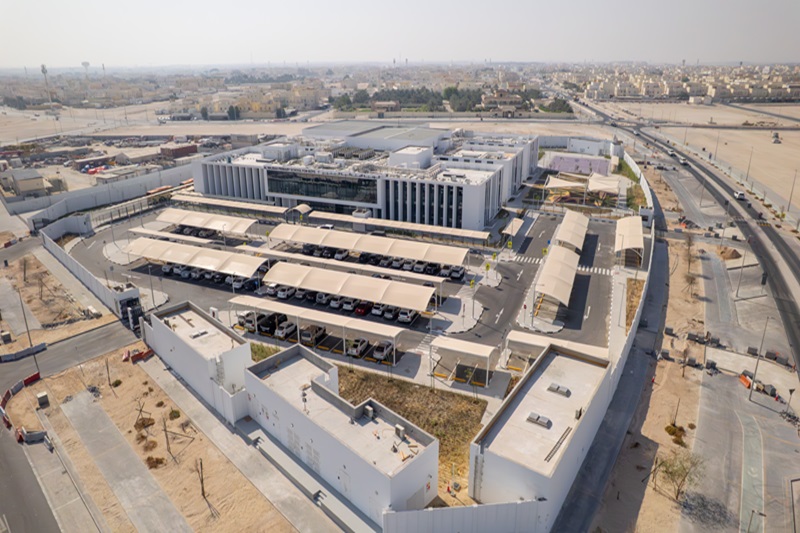
Chandra Dake, CEO of Dake Rechsand, a Dubai-based company specializing in sustainable solutions for water conservation and desert farming, explains what sponge cities are and how the concept can benefit countries like the UAE.
According to the World Future Council, “The Sponge City indicates a particular type of city that does not act like an impermeable system not allowing any water to filter through the ground, but, more like a sponge, actually absorbs the rain water, which is then naturally filtered by the soil and allowed to reach into the urban aquifers. This allows for the extraction of water from the ground through urban or peri-urban wells. This water can be easily treated and used for the city water supply.”
1. Could you give us more details about the Sponge Cities model?
The sponge cities model — as the name suggests — is an infrastructure that absorbs water at scale. So, it finds application in modern stormwater management. However, unlike conventional stormwater management and drainage, sponge cities not only absorb all the surface runoffs but also possess clean storage and reuse capabilities. As a result, it is particularly viable in water-stressed regions like MENA, where rains are either scanty or heavy.
The sponge cities model is implemented through water-permeable paving on rain-exposed surfaces. The material, by virtue of its air permeability and water-harvesting properties, enables seamless absorption of water, filtration, and subsequent underground storage. The air permeability eliminates the need for chemical- or electricity-based treatment, keeping the water fresh for a long period of time. With effective piping and redistribution mechanisms, the stored water can be reused.
Besides arresting wastage of stormwater and providing for clean storage, this low-impact, nature-based model alleviates flooding concerns by quickly absorbing vast amount of rainwater. The collected water can be used for a variety of purposes, from sanitation to regreening the deserts. At the same time, the city’s drainage systems and the wastewater treatment processes can remain free of added stormwater load, thus aiding greater streamlining of city-wide water management.
2. How does it help climate change?
Climate change is a multifaceted challenge, requiring multidisciplinary redressal action. However, each region has unique causal factors behind climate change. In the MENA region, rapid urbanization has exacerbated existing deforestation and disrupted natural waterways. As a result, during erratic rainfall, water flows peak and cause flooding. Sponge cities will restore natural waterways and avert such occurrences.
Secondly, sponge cities will capture rainwater — the purest form of natural water — store it effectively, and allow reuse. In doing so, this model essentially turns floods into a new source of potable water, which can be used for agriculture, sanitation, and industrial purposes. This reduces the load on desalination plants, which are infamous for their high energy usage and accompanying carbon emissions. With the large-scale implementation of sponge cities, we can reduce Middle Eastern nations’ reliance on desalination plants and drive sustainable transformation.
Even at the grassroots, the sponge cities model enables water-wise green scapes (gardens, greenery) and blue scapes (water bodies), which have a significant bearing on climate actions. When you capture rainwater at the point of contact with the ground, you not only harness freshwater but also avoid the collateral damage, which would otherwise lead to greater resource usage for, say, repairs due to flood-related damages. So, there are multiple secondary benefits to the implementation of sponge cities.
3. How can companies in the UAE adopt the model?
Sponge cities can be implemented by both private and public bodies. It can be implemented on rain-exposed, common areas like parking lots, roads, etc. as part of in-house CSR and ESG strategies. Taking into account that it is a one-time investment and undertaking, but with long-term benefits, sponge cities make a compelling case for adoption at an institutional level. Unlike climate actions that seldom yield quantifiable results, you have stored freshwater to show for here. Dake Rechsand has helmed such projects in residential communities, commercial establishments, industries, public offices, stadiums, etc. Many sustainability proponents have adopted the sponge cities model at a community level, creating a localized circular economy in which rainwater is harvested and utilized for water-wise landscaping and consumption. .jpg)
4. Do you have any clients in the UAE?
The sand technology — which is the principle behind the sponge cities model — has found widespread application in the UAE. The sponge cities model, however, is rather new to the UAE. It is now generating substantial interest from across business circles, due to the impact that it has created in China, where it was first implemented at scale. The first sponge city is now five years old and collects and reuses 70% of rainwater. Likewise, multiple small-scale projects can be seen in Beijing, the Olympics stadium, the Expo 2010 site, etc. We are now actively implementing the model in 30 cities in China.
Dake Rechsand’s side event at the maiden Climate Week MENA, where we demonstrated the potential of sponge cities, received a great response from representatives of several regional economies. The reps of Sudan and Jordan were particularly incentivized by the prospect of averting flooding and simultaneously creating a source of clean water, as they grappled with floods and water scarcity.
5. How can you help cities like Dubai?
We intend to raise awareness of the availability of plausible solutions like sponge cities, which can drive holistic sustainability. Concurrently, we are exploring use cases for our solutions — which are many in a region with long-standing water woes. With prototypes and success stories, we believe it is possible to achieve multi-stakeholder participation, which can cumulatively lead to lasting positive outcomes and give climate actions much-needed momentum.
What are sponge cities?






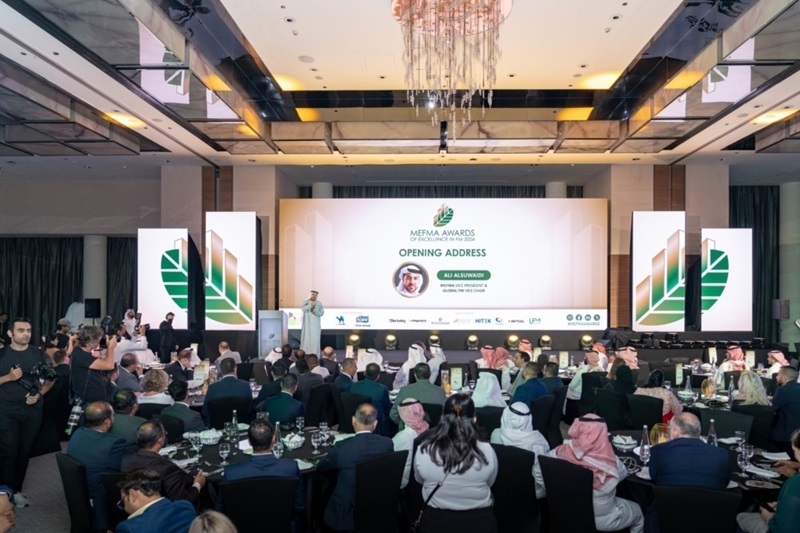
.jpg)
.jpg)
